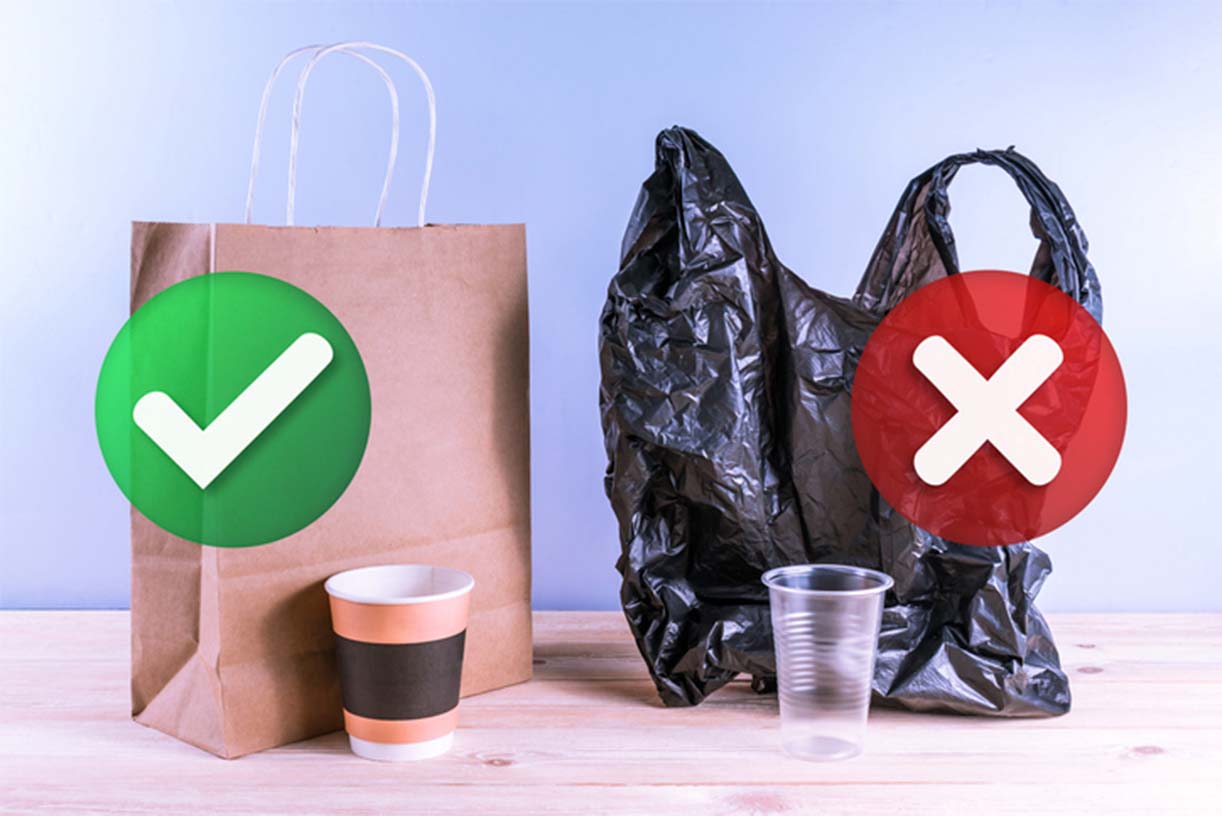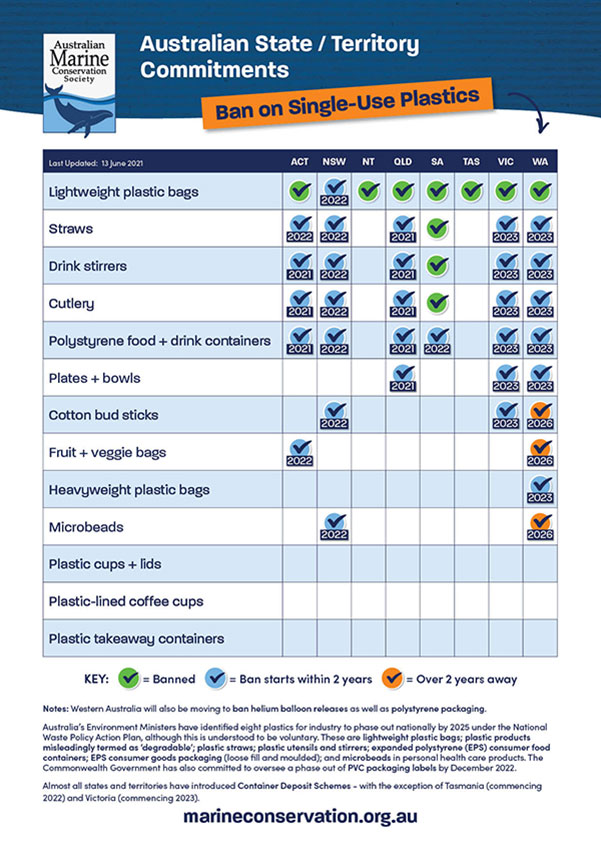Oct 14, 2021 by Mark Dingley
The New South Wales state government made a milestone announcement in June when it unveiled plans to ban single use plastic from next year as part of a state government $356m five-year plan to reduce plastic waste by 30% by 2025.
Lightweight plastic bags, disposable plastic straws and cutlery, plastic cotton buds and microbeads fall into the category of single use plastic. This is a big move for the state which, until now, was the only state without a ban on plastic bags despite having the largest plastic footprint. The state’s environment minister Matt Kean says the plan will help allow greater extraction of biogas from waste and reduce emissions in landfill.
The plastics reduction plan has been praised by the environmental and lobbying organisations, with the World Wildlife Fund Australia as a “race to the top” in waste measures and “a terrific outcome for the environment”.

What does this mean for manufacturers?
Here are 5 things manufacturers need to know:
Just hours after NSW announced its plan, Western Australia unveiled plans to phase out items such as plastic bags, cutlery and polystyrene containers by the end of 2021 – putting it several years ahead of NSW.
In South Australia, from 1 March 2022, expanded polystyrene cups, bowls, plates and clamshell containers will be banned, and oxo-degradable plastic products (which break down into microplastics) will be prohibited from sale, supply, distribution, manufacture and production.
In Victoria, single-use straws, cutlery, plates, drink-stirrers, expanded polystyrene food and drink containers, and cotton bud sticks will be banned from sale or supply by February 2023.
And Queensland has passed laws to ban plastic straws, cutlery, plates, stirrers, and polystyrene food containers from September.
Take a look at this handy summary by the Australian Marine Conservation Society:

The ban isn’t happening overnight. The laws are expected to pass State Parliament by the end of the year, and changes would be rolled out from next year. Then, it’s a two-phased approach. The first item on the chopping block is lightweight single-use plastic bags, within six months of the legislation.
Then plastic straws, stirrers and cutlery, polystyrene cups, takeaway containers, cotton buds with plastic sticks and microbeads in personal and cosmetic products will be phased out within 12 months of the waste plan becoming law.
In addition, longer term targets have been set for other single use plastic products. There will be a review on heavyweight bags, such as those available for purchase at supermarkets, plastic cups and bowls including lids, and fruit stickers.
Here’s an overview:
NSW is required to enforce bans against specific single-use problematic plastics before 2025, in line with Australia’s commitment to towards its 2025 National Packaging Targets.
Plastic fruit stickers are included in the list of single use plastics and are likely to be phased out with a review in the next three years. Alongside plastic straws, this means manufacturers will need to consider more environmentally friendly alternatives, such as paper for single-use instances.
Currently, legislation varies from state to state. In ACT and Queensland, single-use plastic items that are included as an integrated packaging item, such as straws on fruit boxes or a fork in a pre-packed salad, are exempt. As yet, it’s unclear whether NSW will have the same exemption.
Apart from working closely with local councils, the government has committed to supporting businesses during the transition to new products with $10 million to help manufacturers and retailers move to more sustainable alternatives, as well as $5 million towards pilot projects reducing hard to address plastics like medical waste, and $2 million towards research.
In addition, the NSW Government says it will work with the Australian packaging industry to meet its voluntary commitments through the Australian Packaging Covenant Organisation (APCO), including phasing out problematic and unnecessary single-use packaging, using an average of 20% recycled content in plastic packaging, ensuring all packaging is recyclable, compostable or reusable, and recovering 70% of all plastic packaging.
If you’re not already moving towards more sustainable packaging solutions, now is the time. Here are some resources to get you started:
